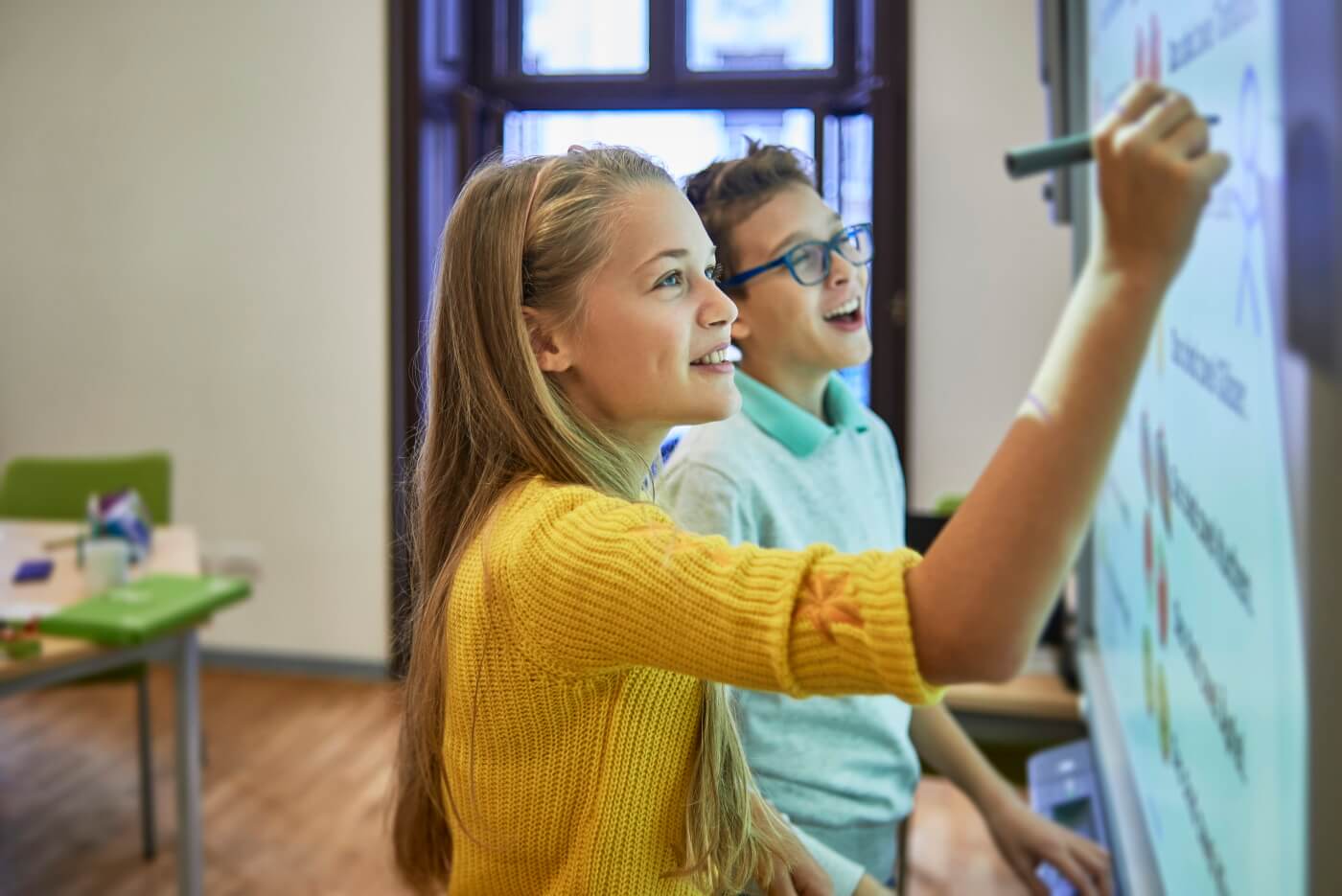The Future of Education: Technology's Role in the Classroom

Education is undoubtedly one of the most important aspects of our lives that shapes our future. As the world continues to evolve and technology keeps advancing, there have been significant changes in the education system. The classroom of the future is indeed something that we should look forward to. Several digital trends have already started shaping teaching, and with the rise of Virtual Reality (VR), Augmented Reality (AR), and Artificial Intelligence (AI), learning will never be the same again.
The Future of Education
In the year 2043, the classroom would be something that we could only imagine today. A classroom without physical boundaries where students can learn from anywhere in the world. The classroom would be equipped with digital devices that could provide personalized learning experiences as per the student’s individual abilities.

Abstract
The traditional model of education is no longer sufficient, and therefore the education system must adapt to the changing times. Digital technologies such as Virtual Reality (VR), Augmented Reality (AR), and Artificial Intelligence (AI) are providing exciting new opportunities that are changing the way we learn. These technologies are already transforming the modern classroom and providing students with new and innovative ways to acquire knowledge.
Introduction
The future of education is exciting and has the potential to transform the way we learn. As technology continues to advance, it is natural for the education system to adopt new and innovative ideas. The use of digital technology, such as VR, AR, and AI, is changing the way students engage with the learning process. VR is creating immersive learning experiences that transcend the traditional classroom setting, which can be particularly beneficial for people who are visual learners. Meanwhile, AR is enhancing textbooks, so they provide dynamic and interactive experiences. Finally, with AI, students can receive personalized learning experiences that cater to their individual abilities.
Content
Virtual Reality (VR)
Virtual Reality (VR) is a groundbreaking technology that is changing the way we learn. VR creates immersive learning environments where students can learn in a 360-degree setting. For instance, if students are studying history, they can be teleported to another era where they can experience the sights and sounds of the time period. This type of immersive learning can create lasting impacts on students and help them better understand historical events.
VR is also being used in the medical field to create immersive medical simulations. Doctors and surgeons can use VR to train in a virtual environment that mimics real-life situations. This technology is particularly helpful for medical professionals who work with rare diseases or require specialized training.

Augmented Reality (AR)
Augmented Reality (AR) is a technology that enhances the real world with digital elements. AR is already being used to enhance textbooks by providing interactive experiences. For instance, a biology textbook could include AR elements that allow students to explore cells in 3D, which could be particularly helpful for students who struggle with visualization.
Furthermore, AR can be used to create virtual field trips, which provide an affordable way to visit distant locations without leaving the classroom. AR experiences could also be used to create virtual science experiments, art exhibits or sports simulations, providing students with an exciting and engaging way to learn.
Artificial Intelligence (AI)
Artificial Intelligence (AI) is revolutionizing the way we learn by providing personalized experiences for students. AI adapts to each student’s individual learning style and pace, which could help students who are struggling to learn in traditional classrooms. Furthermore, AI-powered assessment tools can provide instantaneous feedback on student work, allowing teachers to identify areas for improvement quickly.
AI-powered chatbots and voice assistants are also being used to provide students with on-demand assistance. Chatbots can provide round-the-clock support to students who need help with assignments or who have queries about coursework. Voice assistants, on the other hand, could be used to deliver personalized content, such as news updates or podcasts, based on the student’s individual interests.
Conclusion
The classroom of the future is undoubtedly an exciting prospect that we should all look forward to. The adoption of digital technology, such as VR, AR, and AI, is enabling educators to deliver personalized and engaging learning experiences to students. These new and innovative technologies are transforming the way we learn and have the potential to revolutionize the education system. With the classroom of the future in mind, we can look forward to a world where education is equitable and accessible to all.




Source image : educatingbloggingmaster.wordpress.com

Source image : www.pinterest.com

Source image : medium.com

Source image : online.maryville.edu

Source image : acerforeducation.acer.com






